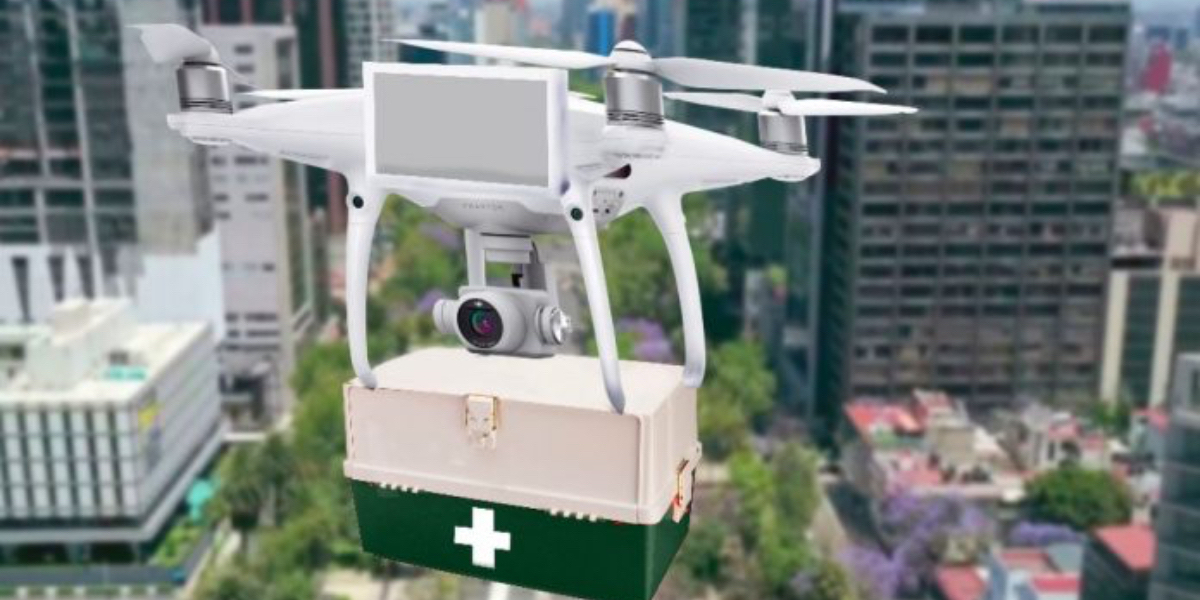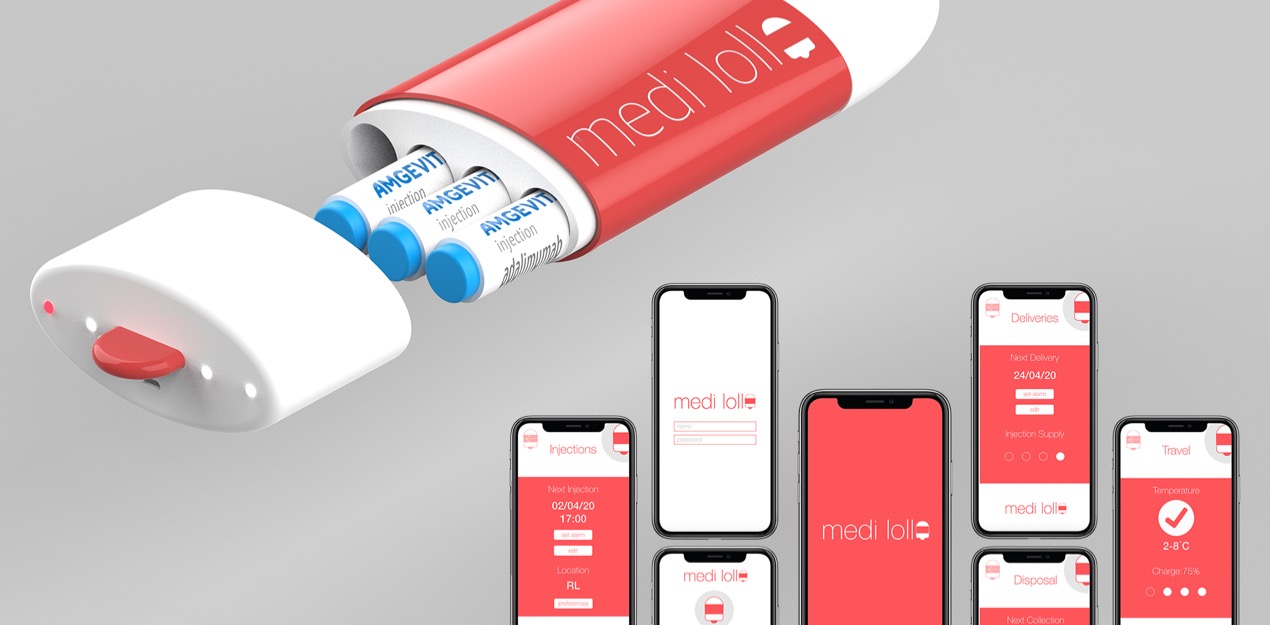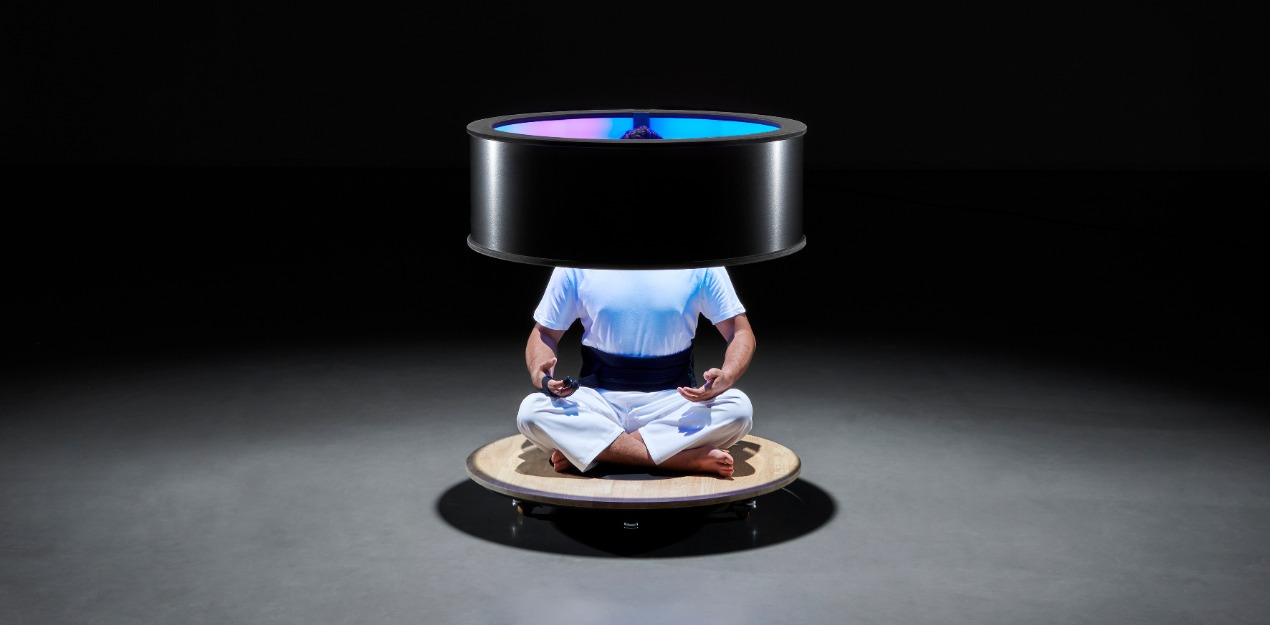AWARD YEAR
2023
CATEGORY
Body
GOALS
Good Health & Well-being, Sustainable Cities & Communities
KEYWORDS
symptom testing, pandemic response
COUNTRY
Mexico
DESIGNED BY
Gabriel Arias Mercado
WEBSITE
https://www.prototypesforhumanity.com/student/gabriel-arias-mercado/
Remote detection system
Drones system that combined with a digital platform, tests potentially contagious diseases.
How does it work?
If a person starts to notice symptoms related to a virus, they can request a test through the digital platform. After the solicitude is confirmed, a drone will go to the person’s residence to perform it; it first verifies that the person tested is the one that requested it, then a testing kit is delivered. After the procedure is completed, the drone will leave to evaluate the samples and to keep testing other people. The results can be checked on the digital platform, if they turn out to be positive it will be requested to indicate the places that the users have visited and people they have met recently, to trace possible new cases; it will also provide information to know how to proceed; where, and how they can get help.
Why is it needed?
At the beginning of the COVID-19 pandemic, The World Health Organization declared that to effectively suppress and control the spread, it is necessary to isolate, test, and trace new cases; however, in most scenarios, one cannot get tested while remaining isolated. It is dangerous for people and the ones that surround them to leave quarantine and take a test. If they have the virus, they could infect other people, and if they don´t have it, they might as well get infected. Virus testing will eventually saturate medical centers; which could trigger chaos and inefficiency, and also consume a considerable amount of time for health workers.
We need a more efficient and safe way of testing to ensure that the procedure recommended by the WHO does not become counterproductive, and to be better prepared in case of future pandemics.
How does it improve life?
The mission of this project is to use technology as a means to guarantee human well-being. It enables a more efficient and safe quarantine that facilitates testing and reduces the risk for non-infected people. At the same time, the digital record provides information for better epidemiological monitoring.
The design seeks to take advantage of the existing relationship between medicine and technology and to propose new healthcare possibilities for patients that are difficult to reach or with conditions that restrain them from attending to a medical center.






